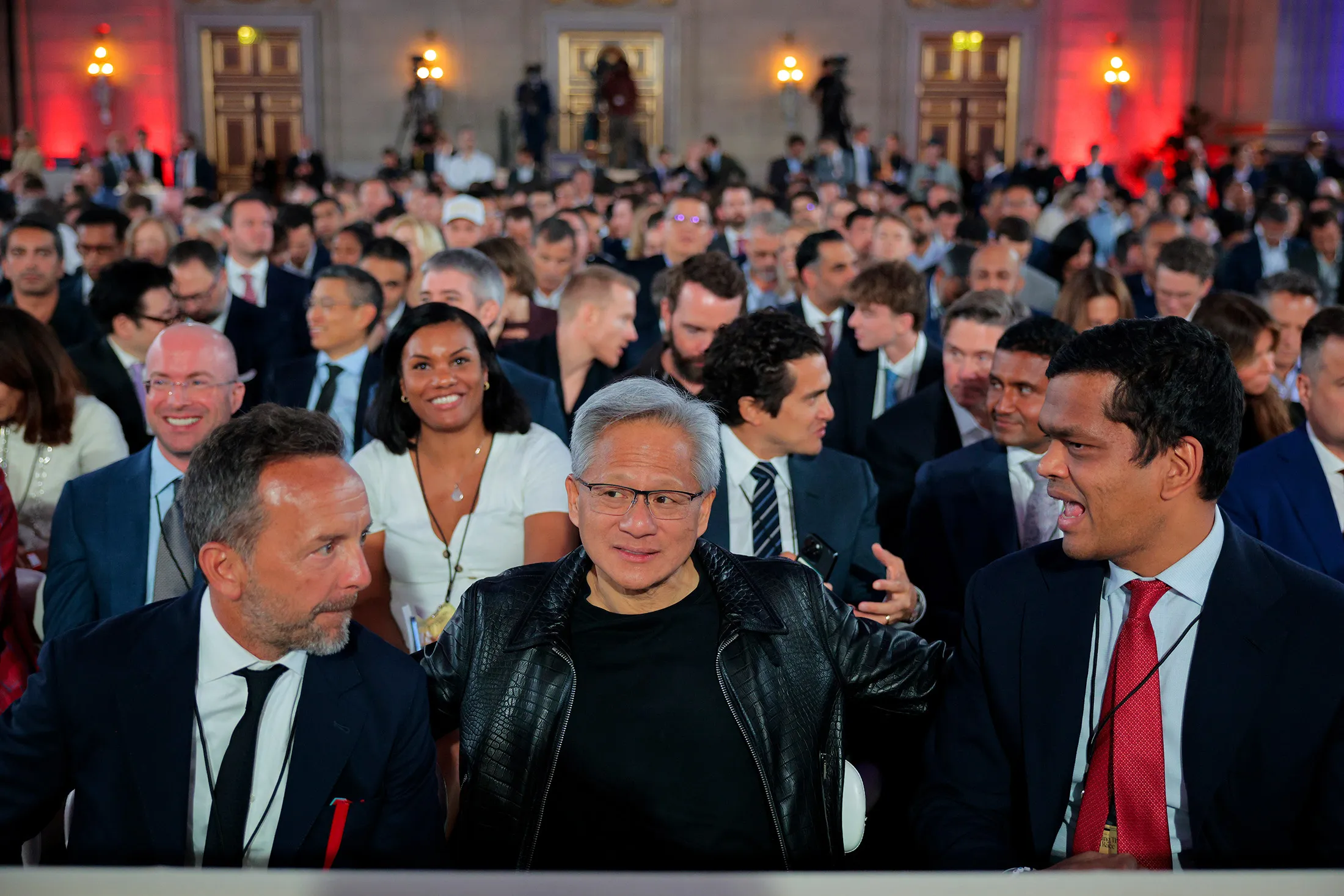Inside Trump’s Nvidia Split Deliberation at Washington AI Summit and Industry Implications

Trump Reveals Nvidia Split Consideration at Washington AI Summit: Inside the Decision and Industry Impact
Nvidia's Dominance Sparks Market Competition Debate
At a high-profile gathering focused on artificial intelligence policy, Donald Trump acknowledged he had given serious thought to breaking up Nvidia, the semiconductor powerhouse that has achieved staggering dominance in the AI hardware market. The underlying concern was clear: with Nvidia holding a distinct technological and market lead, the prospects for true competition in the AI chip sector appeared increasingly distant. Trump stated candidly that the idea was to “get them a little competition,” reflecting anxieties about over-concentration in this critical area.
However, further briefings from advisers and direct conversation with Nvidia CEO Jensen Huang added meaningful nuance to the discussion. Trump was informed that, although the intent was to level the competitive playing field, executing such a move in practice would be far from straightforward. Central to the issue is Nvidia’s unmatched progress in AI chip research and development, which has yielded a technological lead that cannot be readily duplicated by competitors. The distance in both innovation and real-world application has cemented Nvidia’s position at the forefront of the global artificial intelligence industry.
Complexities of Market Intervention and Realities of Technological Leadership
The deliberation around splitting Nvidia shines a spotlight on the intersection of market regulation and technological leadership. Officials and experts who briefed Trump emphasized that artificially fragmenting Nvidia would not only entail intricate legal maneuvering but also present major practical hurdles. Unlike industries where products can be easily replicated, the advanced architectures and ecosystem Nvidia has established span hardware, software, and a deep bench of proprietary tools that have become standards in the field. Closing that gap would likely require more than a decade, even under optimal conditions for would-be competitors.
Trump, after weighing these realities, publicly conceded that attempting to reduce Nvidia’s competitive head start would be “not easy in that business.” The context here is crucial: the pace of innovation in AI hardware is rapid, but meaningful competitors require both enormous capital and time to develop similarly robust solutions. Antitrust actions traditionally aim to foster competition, but in this context, the calculation is complicated by issues of national interest, global competitiveness, and the strategic importance of AI leadership.
Jensen Huang Acknowledged for Industry Stewardship
Nvidia’s founder, Jensen Huang, attended the summit and was the subject of notable recognition from Trump. The event could be seen as a pivotal moment in the relationship between one of the world’s most influential tech entrepreneurs and policymakers. Trump reserved high praise, describing Huang as a “tremendous executive” and commending the company’s seminal contributions to AI development within the United States. This public gesture underscored Nvidia’s centrality to the nation’s ambitions in artificial intelligence, particularly as the technology becomes a core driver of economic and strategic policy.
Huang’s influence has extended beyond technological innovation into the realm of public policy and economic strategy. His direct engagement with officials, and his company’s continued investment in U.S.-based AI research and infrastructure, were referenced during the summit as examples of industry leadership aligning with national priorities. Nvidia’s ability to maintain a competitive edge while also collaborating with regulatory and policy stakeholders demonstrates the sophistication required to navigate today’s complex technology landscape.
Strategic Implications for U.S. Artificial Intelligence Advancement
The acknowledgment of challenges associated with fragmenting Nvidia carries significant implications for broader AI policy in the United States. As governmental leaders balance the desire to prevent monopolistic outcomes with the necessity of maintaining technological superiority, this incident illuminates the trade-offs that dominate 21st-century market interventions. The summit, attended by both policymakers and technical leaders, reinforced a core message: ensuring U.S. leadership in AI may demand nuanced approaches that transcend traditional antitrust frameworks.
Nvidia’s role as a linchpin in the AI ecosystem influences not only domestic innovation trajectories but also international economic and security postures. The company’s progress in developing advanced processors and supporting software ecosystems continues to support a broad range of applications, from autonomous vehicles to natural language processing, impacting nearly every major sector of the economy. Maintaining an environment where innovators can push the boundaries of possibility—while also encouraging healthy competition—remains a perennial challenge for regulators and business leaders alike.
Conclusion: Industry Leadership and Forward Momentum
The public consideration and subsequent withdrawal of plans to break up Nvidia illustrate how the interplay of technical achievement and policy dynamics guide decision-making at the highest levels. Trump’s reflections at the summit, coupled with Huang’s prominent presence, highlight the critical nature of expertise, context, and pragmatism in shaping the future of AI. The outcome reinforces the notion that market structure, innovation, and national strategy are deeply intertwined, especially in sectors where technological progress defines global standing.
As the industry continues to evolve at a breakneck pace, the focus remains firmly on collaboration and investment in advanced research to secure the United States’ leadership in artificial intelligence. The conversation at the summit will likely be remembered as a watershed moment—a rare, candid examination of power, influence, and the realities underlying modern technological competition.
